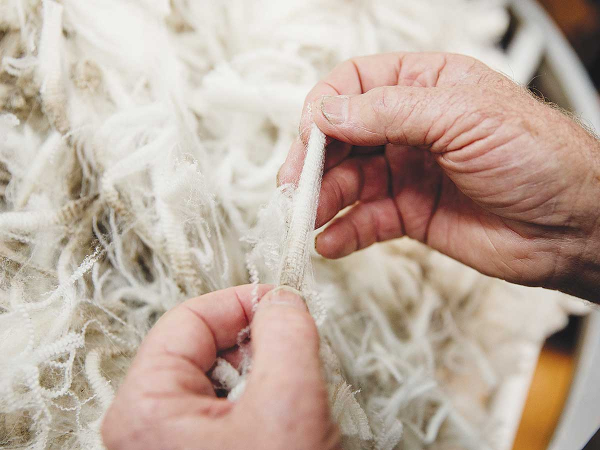Shearing Hope: Sheep’s Wool Keratin Emerges as a Promising Tool for Type-2 Diabetes Management
A groundbreaking study, spearheaded by researchers from the University of Otago and Massey University, has unearthed a potential game-changer in the fight against type-2 diabetes: Wool Keratin protein derived from sheep’s wool. This readily available and sustainable resource could offer a novel approach to managing chronic condition, impacting millions of individuals worldwide.
Tip: Please fill out the form if you or a friend would like more information on continuous glucose monitoring.
Unraveling the Science:
Professors George Dias, Margreet Vissers, and David Rowlands focused on Wool Keratin’s unique amino acid composition. Rich in cysteine, glycine, and arginine, these building blocks play a crucial role in insulin sensitivity and glucose metabolism. Previous research hinted at their potential, sparking the team’s investigation into harnessing wool’s hidden power.
Must Read CGMs in noncritical care hospitals optimizes glycemic control
From Pasture to Plate:
Transforming raw wool into a therapeutic food source required ingenuity. The researchers developed a meticulous cleaning process to ensure purity, followed by a pioneering high-pressure microwave technique. This innovative approach gently breaks down the Wool Keratin protein, making it readily digestible and absorbable by the human body.
Putting Wool to the Test:
The initial clinical trial, spanning 14 weeks, involved 35 participants diagnosed with type-2 diabetes. Each participant received a daily dose of 17 grams of Wool Keratin, carefully blended with whey protein for nutritional balance. Delivered in convenient forms like muffins and capsules, the intervention was combined with a standardized exercise program to assess its effectiveness.
Read Guide about Wegovy Dosage Guide: The Best Way For Weight Loss
Promising Results and a Glimmer of Hope:
The trial outcomes were nothing short of impressive. Participants who consumed the Wool Keratin-whey protein blend demonstrated a significant increase in glucose uptake from their bloodstream into muscle tissues. This enhanced uptake suggests improved insulin sensitivity, a key factor in managing type-2 diabetes.
Unveiling a Future Built on Wool:
While the Wool Keratin protein remains in its prototype stage, its early success paints a promising picture. With further refinement and research, this readily available resource could potentially:
- Improve blood sugar control: Enhanced glucose uptake by muscles helps regulate blood sugar levels, a critical aspect of diabetes management.
Boost energy regulation: Wool Keratin’s unique amino acid profile may contribute to better energy utilization, reducing fatigue and improving overall well-being. - Reduce medication dependence: For some individuals, Wool Keratin-based interventions could potentially complement or even lessen reliance on conventional diabetes medications.
- Enhance the quality of life: By offering a natural and potentially effective approach to managing the condition, wool-derived Wool Keratin could significantly improve the lives of millions battling type-2 diabetes.
Also, read about NICE Greenlights HCL Systems for Type 1 Diabetes
This pioneering study marks a significant step forward in the quest for novel and sustainable solutions for type-2 diabetes management. From humble sheep’s wool to a potential weapon against the disease, Wool Keratin protein offers a glimpse of a future where managing diabetes could be less burdensome, more natural, and ultimately, more hopeful.


